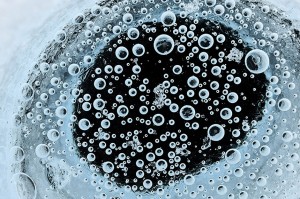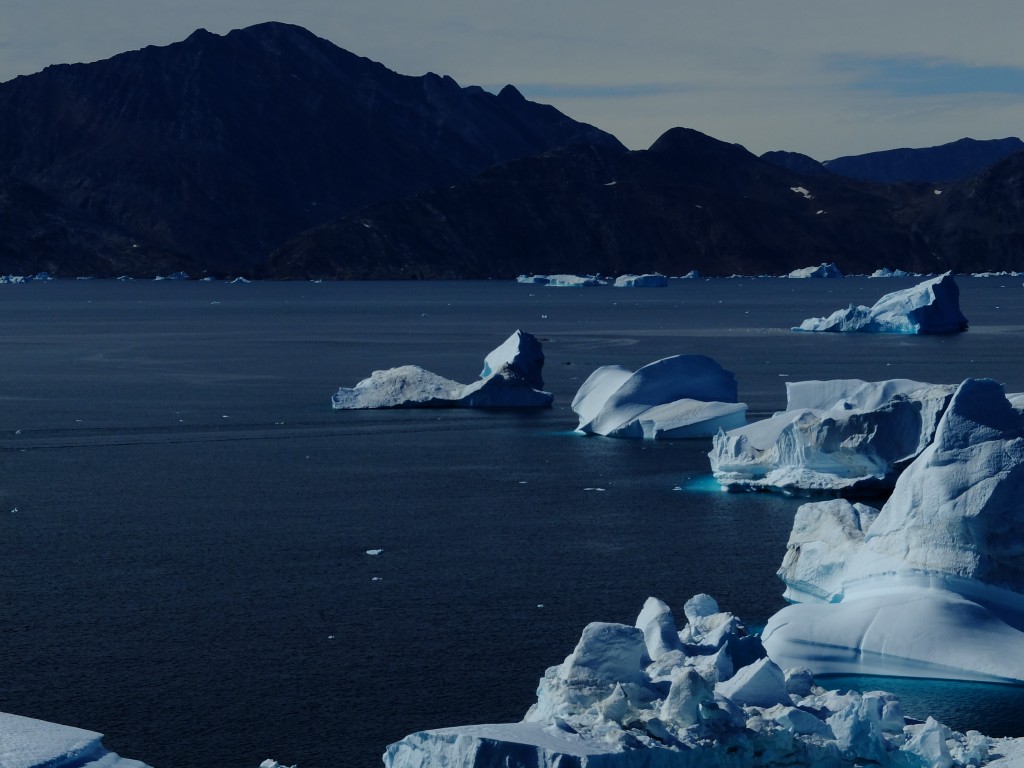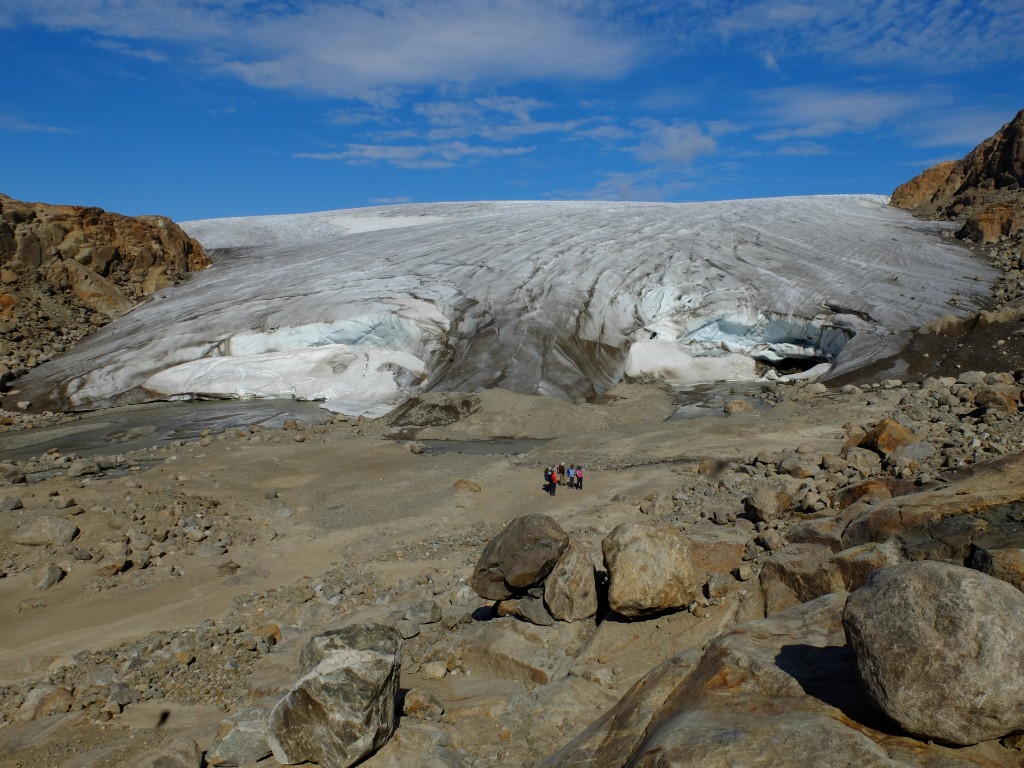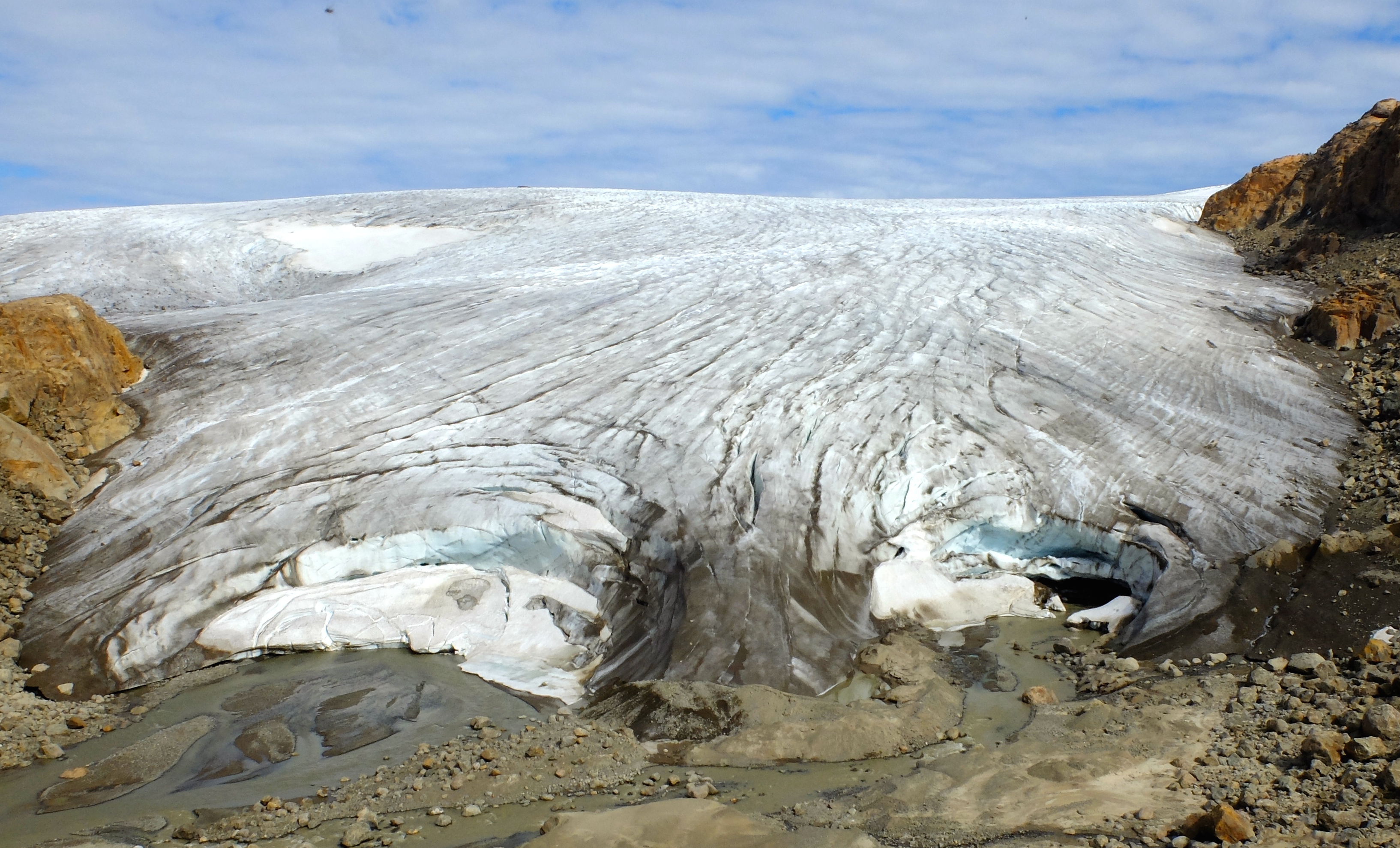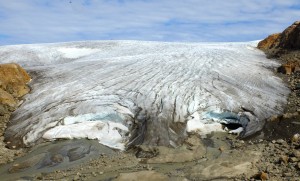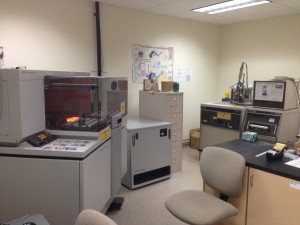
Having already taken global climate change, this semester I am taking chemistry of earth systems and Introduction to Soils with the mosaic. While these courses are not directly related to climate change, they are providing a great balance with the mosaic.
In chemistry of earth systems we are learning about chemical reactions and different techniques to get at compositions of rocks including XRD and XRF analysis (pictures of our machines at right). Geo chem, as we like to call it, is giving me a great background in the chemistry of how the earth works. We are learning about reactions that are fundamental to keeping the planet’s systems in check (i.e. weathering reactions).
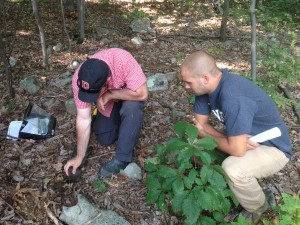
Soils class is a very nice complement to geo chem as it is providing a great understanding of clays, soil structure and soil composition. We frequently get to go on field trips (picture left) to see different parts of the valley and learn about how soils are important to our lives. The most relevant part of the course for climate change is my independent research project. I will be studying how soil development begins with deglaciation. You may be wondering how I am going to do this in Carlisle, but the answer is simple, tombstones. I will be dating lichen and developing a growth curve to see how quickly lichen are growing in this environment. The tombstones represent my recently glaciated rock and will allow the analogous study. Picture below shows an environmental that was recently glaciated (Greenland) and is now becoming populated with lichens, which will build to develop soil.
I am looking forward to further engaging in this course work and developing a great understanding of earth systems.



